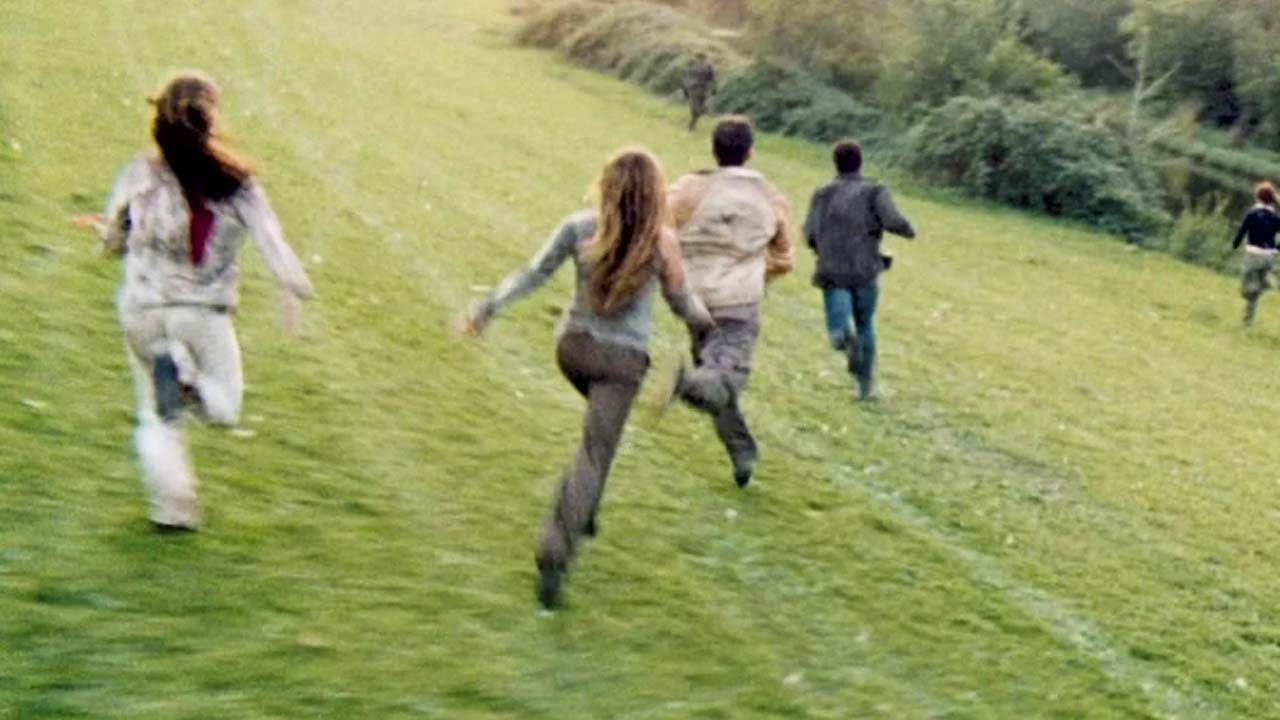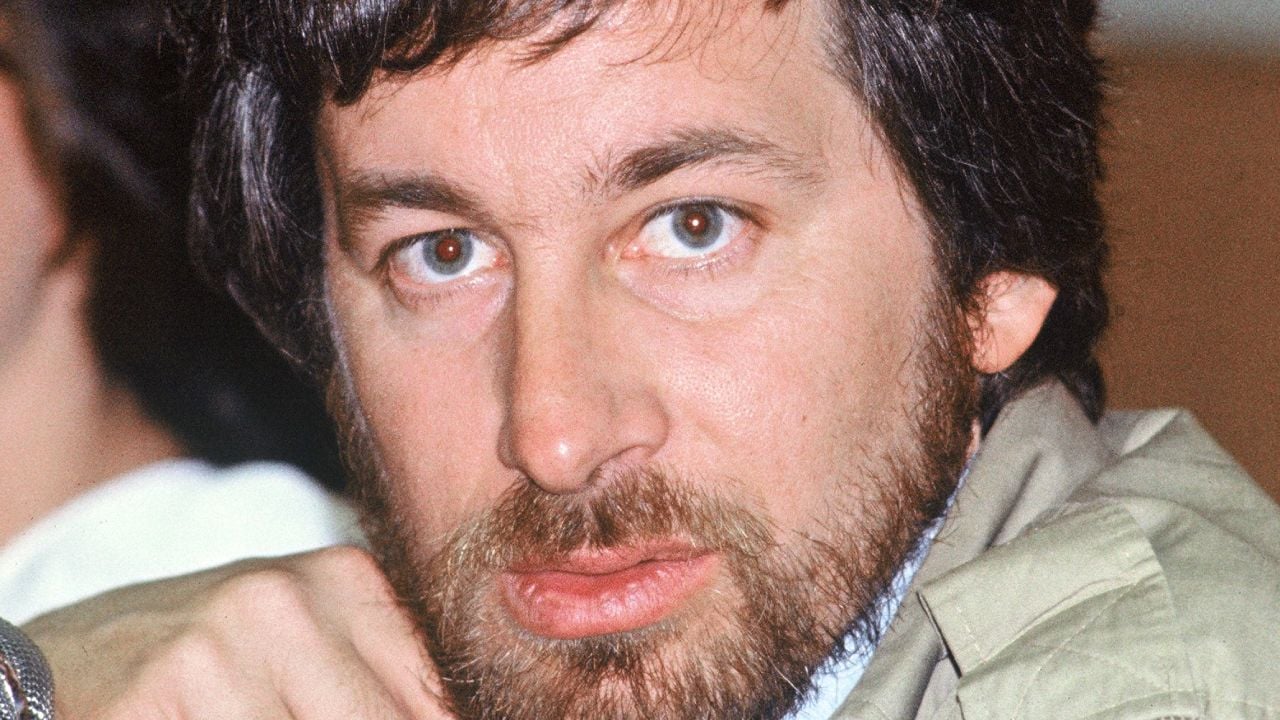The tone is realistic – and almost unbearable in its highest moments.
A 23-year-old girl becomes pregnant and cannot have a child at the risk of compromising her aspirations as a student and future writer. You decide to have an abortion. The event tells her story in search of this procedure in a country where the voluntary termination of pregnancy is still a crime punishable with imprisonment for all those involved. We are in France in 1963 and the story – autobiographical – is told in the book by Annie Ernaux The event (Editora Fósforo), transformed into a film, winner of the Venice Film Festival, by director Audrey Diwan.
Anne, played by Anamaria Vartolomei, is a brilliant student. She wants to study literature and become a writer. If you succeed, you will be the first person in your family to go to college. She comes from a modest background, she takes life seriously, she is talented and studious. Pregnancy is the result of a casual relationship with a boy from another city (Bordeaux). The closed society of Angoulême, where she lives, does not allow her to talk about it. Anne is almost alone in dealing with the problem. Her colleagues discriminate against her when they discover her status. The guy who got her pregnant takes her body out. Anne doesn’t even think about appealing to the conservative family. Meanwhile, time passes and the surgery becomes more complicated. Headless for her studies, she too risks losing the chance to enter university. Her teachers don’t understand what happened to the once brilliant student. And she can’t tell him.
Knowing that this is the account of a real case, actually experienced by the writer Annie Ernaux in her youth, the film becomes even more touching. All the more so because the director has rightly decided to transfer to the screen the relaxed style with which the literary work is written. Annie writes small books, less than 100 pages, but compact, in a dry style (à la Graciliano Ramos), with rare, objective adjectives and without any trace of self-pity.
Filming follows the same path, obviously by other means. The camera closely follows the character played by Anamaria. It is an intimate but tense record, as most of its time is considered a thriller, a dizzying race against time and social misunderstanding.
The tone is realistic – and almost unbearable in its highest moments. However, the director’s concern is felt to avoid more brutal scenes. Not everything that can be said in writing should be shown. There is an extra strength of the image that should not be neglected, otherwise it will make certain sequences intolerable.
This cure, however, does not soften the film. It just prevents it from being labeled as attractive. What we do not see, we can imagine. And perhaps the suggestion is even stronger than the explicit exposure.
Conceptually, the film version follows the strategy sought by Annie Ernaux in her books (The event, the place, the years, all by Fósforo): interprets the personal issues of the imaginary self against a social and historical background. For example, 1963 is remembered as the year of the assassination of John Kennedy, of intense social demonstrations and of the Algerian war, a fundamental historical fact in a divided France.
Furthermore, the character is always seen in his amphibious social status: he comes from the lower class, but has intellectual aspirations and social ascension. He is, in French terminology, a “class transfugee”. That is, someone divided between the social class of origin and the other to which they aspire or begin to live, that of prestigious intellectuals, high-level professors, published and respected writers. This ambivalence, one foot in each canoe, produces deep contradictions in the individual and no less complex anxieties.
QUOTE: GREAT
Source: Terra
Emily Jhon is a product and service reviewer at Gossipify, known for her honest evaluations and thorough analysis. With a background in marketing and consumer research, she offers valuable insights to readers. She has been writing for Gossipify for several years and has a degree in Marketing and Consumer Research from the University of Oxford.





